What Happened to the Sears We Used to Know?
Once the biggest retailer in the U.S., Sears has now declared bankruptcy.
How Sears Changed the Way We Shop
Sears not only raised expectations of what the average consumer was looking for, but shaped how people shopped via catalogue and in department stores, too. Sears stores reigned supreme in sales, and their Christmas catalogues (first introduced in 1933) have delighted generations with tempting holiday gifts (some pages in stunning color). Many families used these holiday catalogues to figure out what each family member really wanted for Christmas.
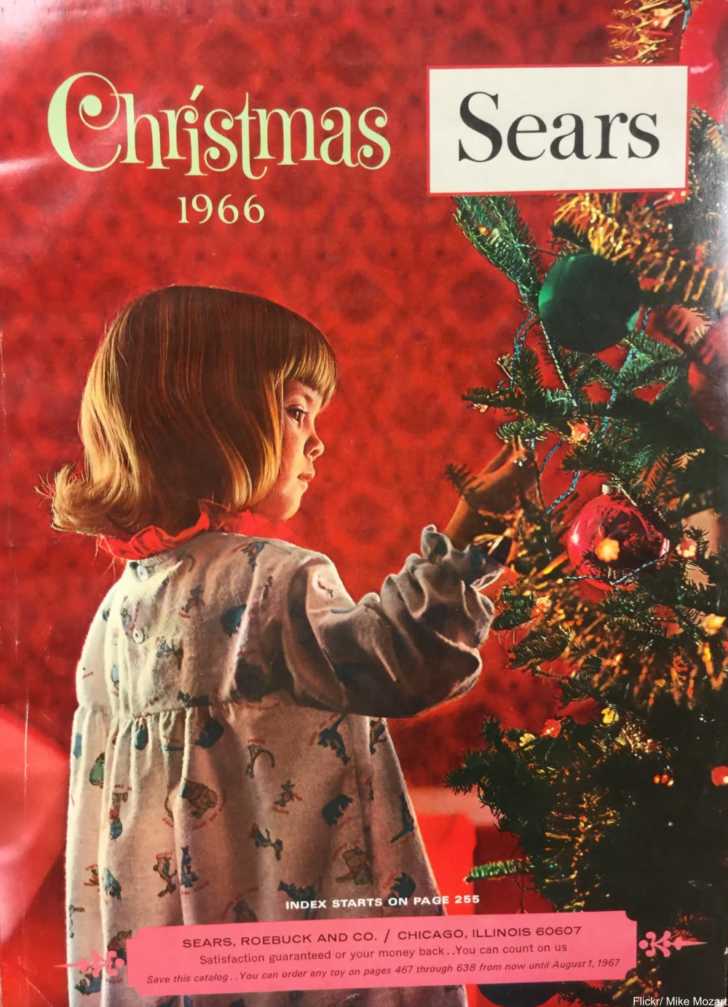
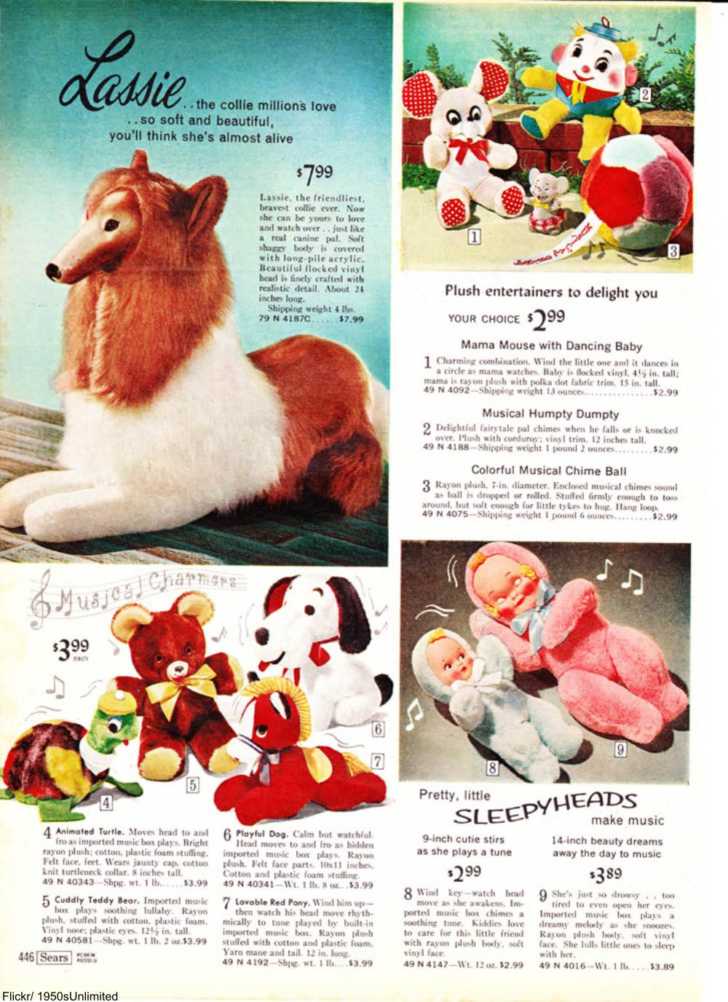
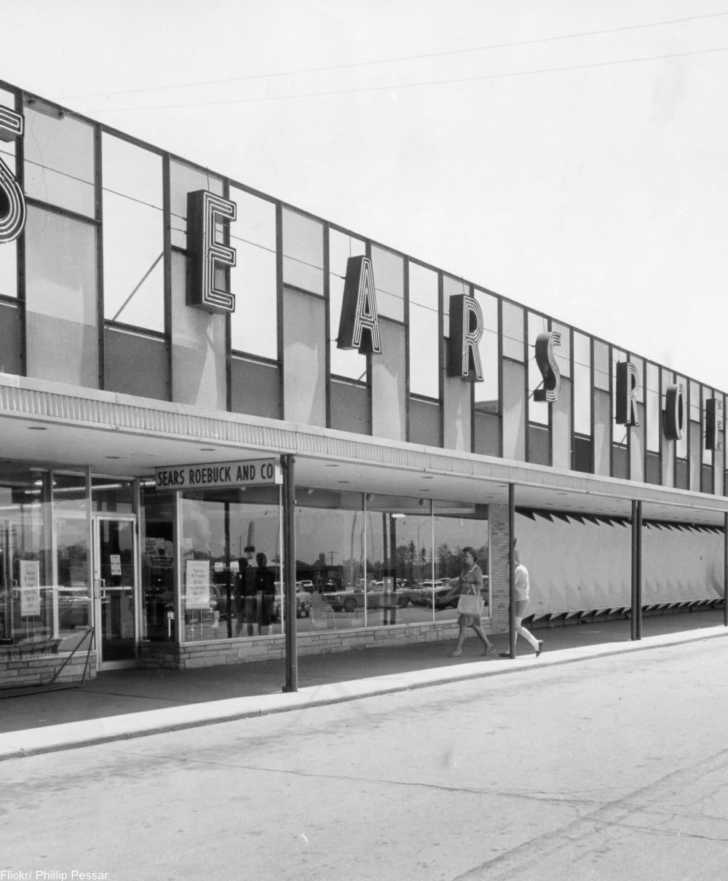
After World War II the rise of the department store (and Sears in particular) made visiting shopping centers and malls a worthwhile trip for families and during a booming economy that meant Sears shot to the top as America’s biggest retailer.
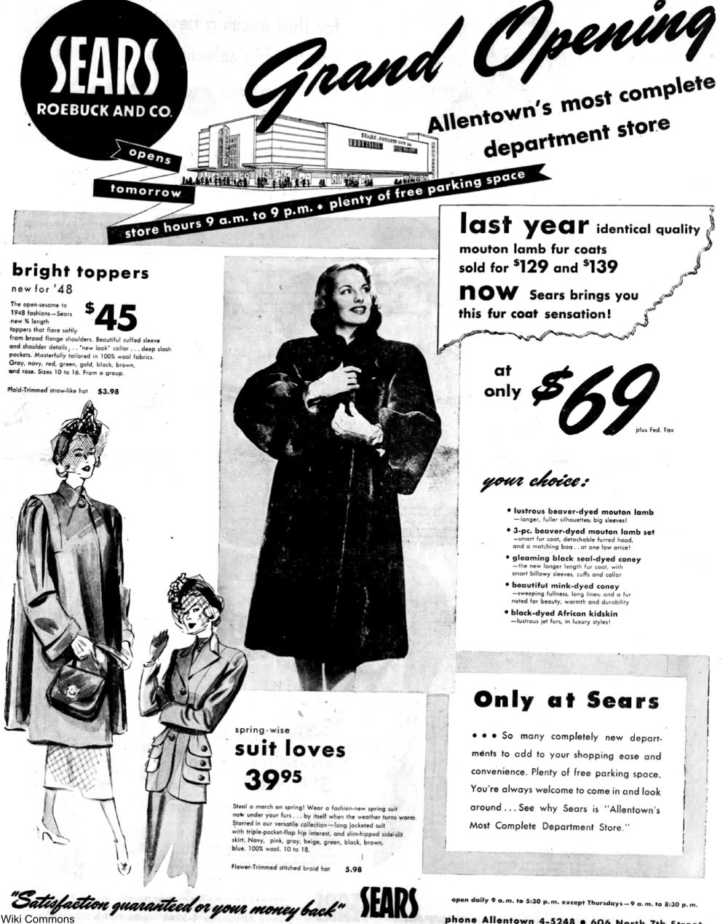
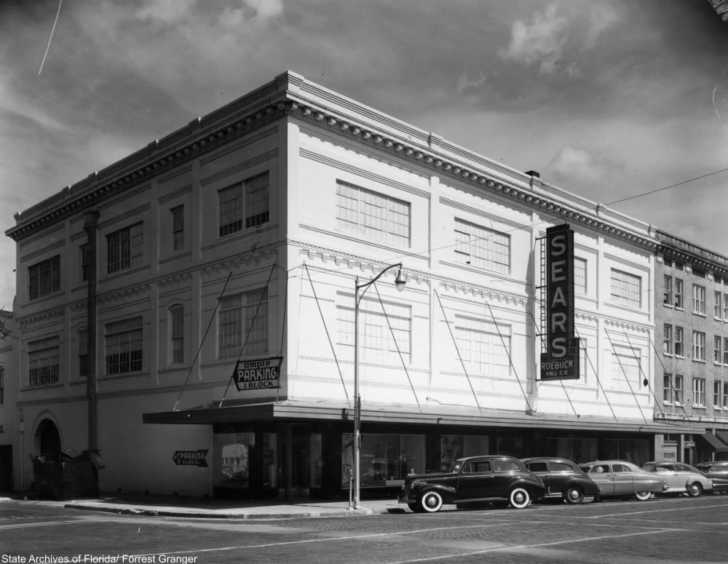
Moving into shopping centers and main streets, Sears stores helped to define the urban and suburban shopping experiences. As a mid-range store, Sears offered an array of products and appliances at modest expense. Their signature brands like Kenmore and Craftsman were known to be some of the finest machines at their price points.
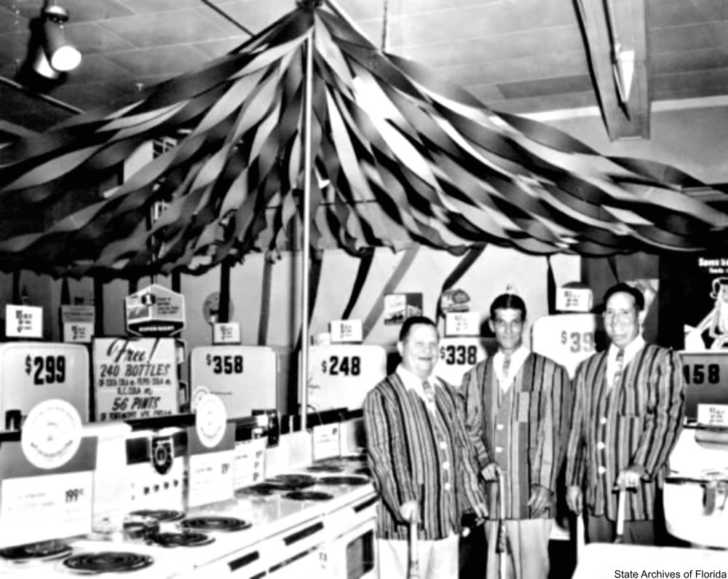
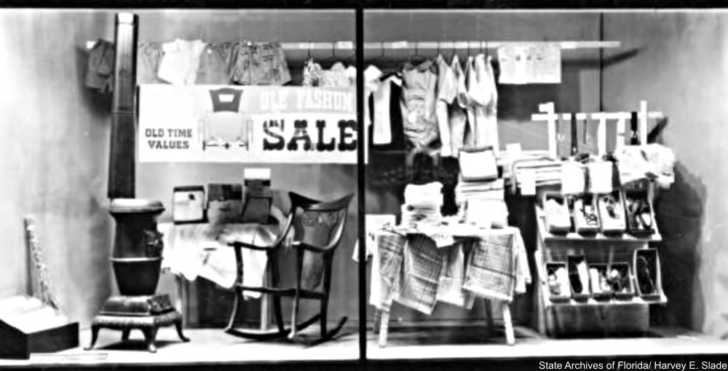
Because Sears did a booming business both via catalogue and in brick and mortar shops it was the biggest retailer of its day, functioning as both the Amazon and Walmart of its era.
The Golden Era Gets Rusty
So what happened to America’s biggest retailer? In the 1990s deeper discounts offered at stores like Walmart and Kmart won over many Sears customers. Specialty stores like Best Buy offered other sources for the household appliances that Sears was once famous for, while online shops like Amazon currently deliver tens of thousands of products with virtually no effort for shoppers.
Despite the fact that the company declared bankruptcy in October of 2018 after a long loss of market share, the company has expressed hope to keep many of their stores open long term. However, in 2018 Sears closed around 200 hundred stores following drastic cuts in 2017 which resulted in fewer than 1,000stores remained open near the end of 2017. Despite cutting costs, selling brand names, and a merger with Kmart – which proved to help neither brand in the end – Sears has struggled to keep locations open, let alone up to par.
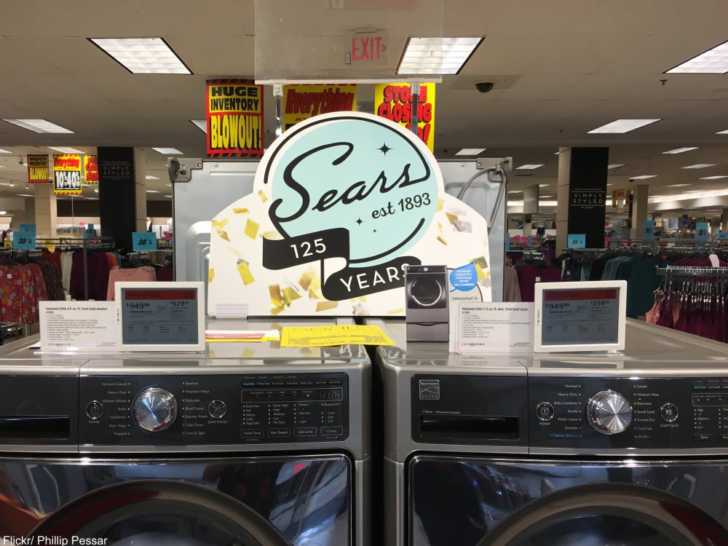
Even their signature line of tools, Craftsman, as of 2017 was owned by Black & Decker, signaling an end to the reign that once supplied high quality goods for the average American. My mother’s Kenmore sewing machine still sews great and we have to ask ourselves: how many machines made today could boast the same track record after many decades of service?
SKM: below-content placeholderWhizzco for DOT

